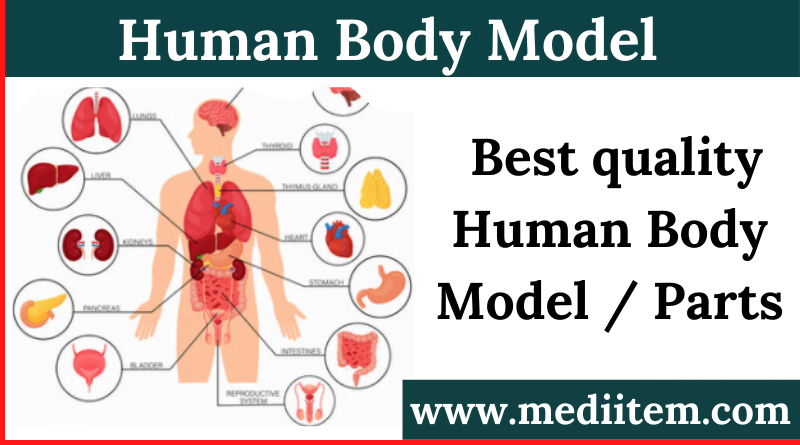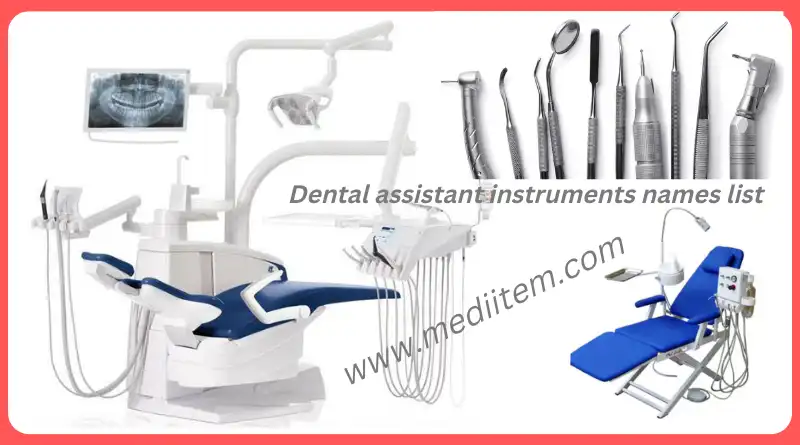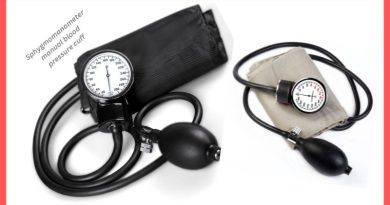Best quality human body model at low price idea 2024
The human body is the set of physical structures and organs that make up the human being. The term human body originates from the Latin corpus, meaning “body,” and humans, humanum , meaning “human.”
The physical structure is made up of three main parts: the head, the trunk, and the upper and lower extremities.
The human body is made up of chemical elements such as oxygen, calcium, nitrogen, and hydrogen, vital for its functioning.
Through distinctive branches of fitness sciences such as anatomy, biology, physiology, and anthropometry, it has grown to be recognized what the human physique is, how it is made up, and how it works.
We must know how our body is formed and how it works. In this way, we can understand why our body changes and why we should take care of it through a balanced diet and physical activity.
What is the human body?
The human body is the physical, material presence of a human being. It is considered, from the traditional philosophical point of view, as one of the two aspects that constitute it in its entirety, along with the mind or spirit.
From a biological point of view, the human body has the characteristics of a eukaryotic, multicellular organism from the animal kingdom, belonging to the class of mammals and primates, the only member of the genus Homo (the others are extinct).
The charter of the human physique is the result of an evolutionary method nearly two million years long, beginning from some frequent relative between the chimpanzee ( Pan troglodytes ) and man.
Numerous species of hominids emerged as the proto-human being configured his body to walk upright, oppose his thumbs, and develop his brain, resulting in our species Homo sapiens with the body we already know, approximately 200,000 years ago.
Atomic composition of the human body
It is estimated that 65% of the adult human body is water. The human body is made up mostly of water (H2O) which is found inside the cells, in the blood, and bathing all tissues. It is estimated that 65% of the adult human body is water.
Like that of every known living being, the human body is organic and is atomically made up of extremely complex molecular structures made from, fundamentally, hydrogen atoms (60%), oxygen ( 25.5%), and carbon (10.5%). , nitrogen (2.4%), calcium (0.22%), phosphorus (0.13%), sulfur (0.13%), potassium (0.04%), chlorine (0.03%) among others.
For the most part, these factors make up natural components in our physique such as carbohydrates, lipids, and proteins.
General characteristics of the human body
Human skin has a variable thickness of between 0.5 and 4mm. The human body has an average height of 1.7 m (adult) and an average density of 933 kg/m3. Their weight ranges on average between 50 and 90 kg. The surface of the body is covered by about 2 m2 of skin with a thickness varying between 0.5 and 4mm.
Cellular composition of the human body
The human body is made up of almost one hundred billion eukaryotic cells (with a defined nucleus), organized into tissues and organs. Human cells have a very high degree of specialization, and can be classified into:
Nerve cells: Responsible for conducting electrical stimuli in the body.
muscle cells: These constitute the muscles that allow locomotion.
bone cells: In the bones that make up the skeleton and give structure and support to the body.
Adipose cells: These integrate the fatty tissues of energy storage and structure.
Blood cells: Red blood cells transport oxygen in the blood, white blood cells to defend the body, among other cell types.
reproductive cells: Eggs or sperm, called sex cells, for reproductive purposes.
Parenchymal cells: They constitute the tissue without organs that provides density to the organism, called “parenchyma”.
Anatomy of the human body
The human physique has bilateral symmetry. At first glance, the human physique is made up of three giant segments:
*Head: Where are the sensing organs, the mouth, and the nervous nucleus that controls the entire organism, the brain?
*Trunk: Where all the internal organs are located. Center of the body.
*Extremities: The different articulated members that allow locomotion (legs) and the handling of tools (arms), attached to the trunk.
The human body has bilateral symmetry, that is, it is organized in such a way that a vertical axis can be drawn that divides it in two and both halves will be similar.
Human body systems
The organs of the human physique are designed to fulfill specific unbiased or interrelated functions.
They are vital for people to live; hence the importance of taking care of the body to have a healthy body and healthy life.
Circulatory system: is responsible for connecting all systems and moving blood, nutrients, oxygen, and hormones throughout the body. It is made up of the heart, veins, arteries, and blood vessels.
Digestive system: it is where the food digestion process takes place, in which the nutrients necessary for the body are broken down and absorbed.
Nervous system: it is made up of two connected systems. On the one hand, there is the central system, formed by the brain and the spinal cord; on the other, the peripheral system, formed by the nerves that link the parts of the body with the central nervous system.
Skeletal system: includes the bones and joints that connect them. It protects the internal organs of the human body and gives it a framework.
Endocrine system: It is made up of eight main glands that secrete hormones into the blood and regulate metabolism, sexual functions, and growth.
Reproductive system: allows human reproduction and is different in men and women. The male reproductive system is made up of the testicles and the penis. In women, it is made up of the ovaries, uterus and vagina.
Excretory system: it is the system responsible for the body expelling waste once the digestion process has been completed in which nutrients are extracted from food.
Respiratory system: allows you to inhale oxygen and expel carbon dioxide through breathing. In this process, oxygen is transported through the blood and distributed throughout the body’s cells.
Muscular system: groups the muscles through which the movement of the body is carried out. It also protects bones and some organs.
Best quality human body model at low price









Read More: All Medical Equipment List
Please subscribe to my channel and follow
YouTube



